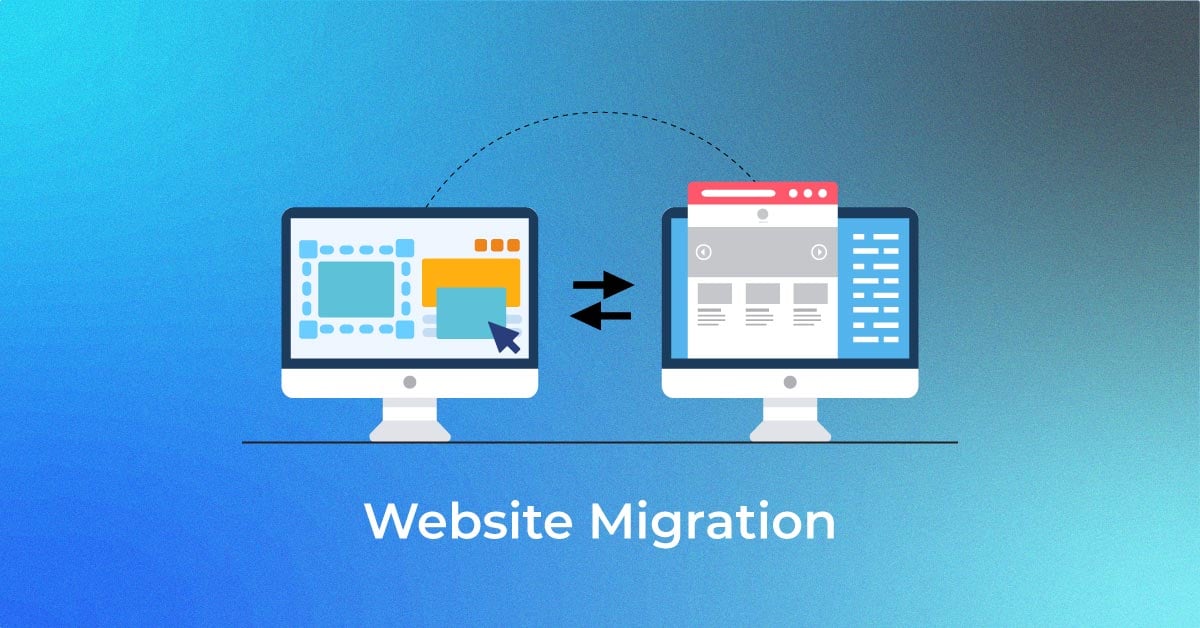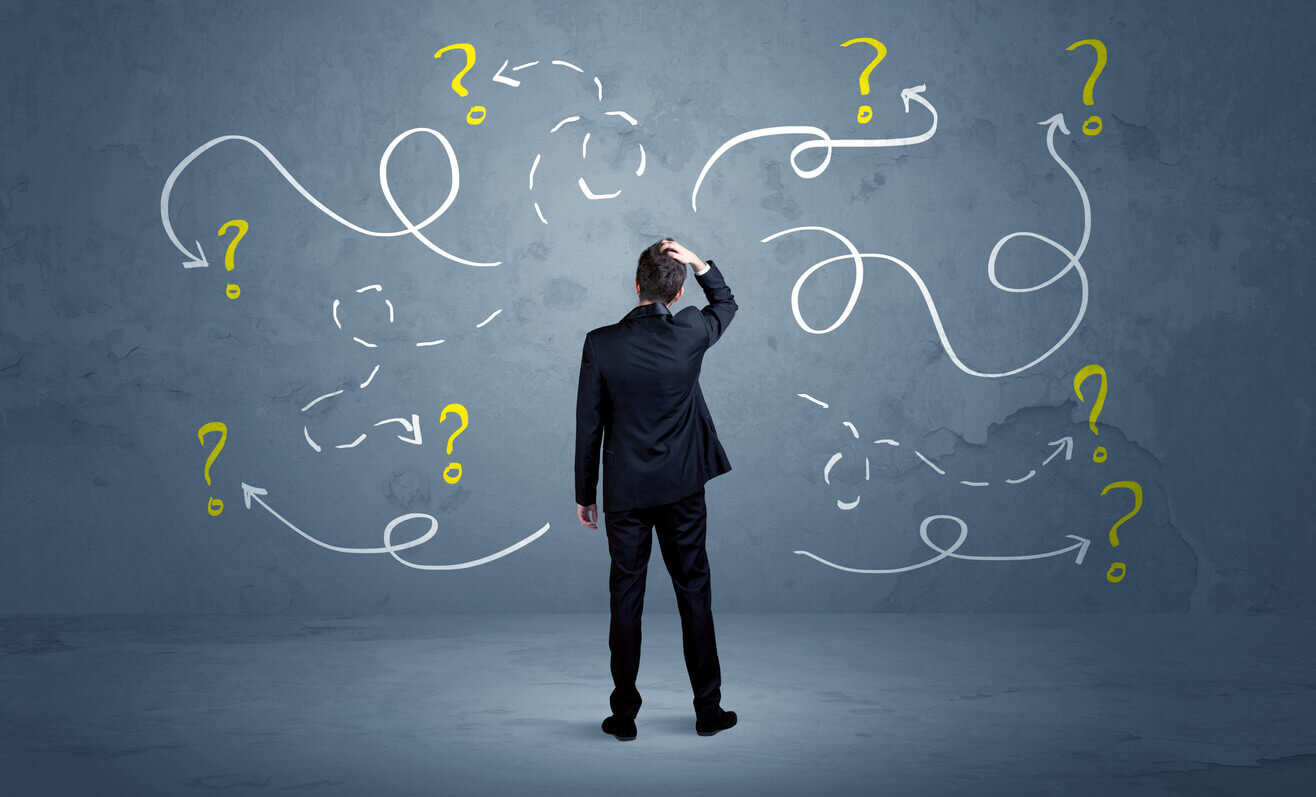
Introduction:
Green roof technology has emerged as a promising solution to the environmental challenges faced by urban areas. This innovative approach not only enhances the aesthetic appeal of buildings but also offers a range of sustainable benefits. Let’s delve into how green roof technology is transforming urban landscapes and providing sustainable solutions for the future.
The Concept of Green Roofs:
Green roofs, also known as living roofs or eco-roofs, involve the installation of vegetation atop buildings. These roofs can vary in complexity, from simple grass or sedum plantings to more elaborate gardens with trees and shrubs. The primary goal of green roofs is to mimic natural ecosystems, thereby reducing the environmental impact of urban development.
Environmental Benefits:
One of the key advantages of green roof technology is its positive impact on the environment. By absorbing carbon dioxide and releasing oxygen, green roofs help mitigate air pollution and combat climate change. Additionally, the vegetation on green roofs acts as a natural filter, removing pollutants and particulate matter from the air.
Urban Heat Island Effect:
Urban areas often experience elevated temperatures due to the heat island effect, where buildings and pavement absorb and retain heat. Green roofs help counteract this effect by providing natural insulation and cooling properties. The vegetation absorbs sunlight and evaporates water through transpiration, reducing ambient temperatures and creating a more comfortable microclimate.
Stormwater Management:
Another significant benefit of green roofs is their ability to manage stormwater runoff. In urban areas, impermeable surfaces like rooftops and pavement prevent rainwater from infiltrating the soil, leading to flooding and pollution of waterways. Green roofs absorb rainwater and release it slowly over time, reducing the strain on drainage systems and minimizing the risk of flooding.
Biodiversity and Habitat Creation:
Green roofs also play a crucial role in promoting biodiversity and creating habitat for wildlife in urban environments. The vegetation provides food and shelter for birds, insects, and other small animals, helping to support local ecosystems. By incorporating native plants into green roof designs, cities can further enhance biodiversity and contribute to conservation efforts.
Energy Efficiency:
In addition to their environmental benefits, green roofs can also improve the energy efficiency of buildings. By reducing heat gain in summer and heat loss in winter, green roofs help lower the demand for heating and cooling, leading to energy savings and reduced greenhouse gas emissions. This not only benefits the environment but also lowers utility costs for building owners.
Economic Considerations:
While the initial cost of installing a green roof may be higher than that of a conventional roof, the long-term economic benefits are significant. Green roofs can extend the lifespan of roofing membranes by protecting them from UV radiation and temperature fluctuations. They also reduce the need for air conditioning and heating, resulting in lower energy bills over time.
Community Engagement and Well-Being:
Beyond their environmental and economic benefits, green roofs contribute to community engagement and well-being. These green spaces provide opportunities for recreation, relaxation, and social interaction, enhancing the quality of life for residents and workers in urban areas. Green roofs also contribute to the overall aesthetic appeal of cities, making them more attractive places to live, work, and visit.
Conclusion:
In conclusion, green roof technology offers a holistic approach to sustainable urban development, addressing environmental, economic, and social challenges simultaneously. By harnessing the power of nature to improve air quality, mitigate climate change, manage stormwater, and enhance biodiversity, green roofs are reshaping the urban landscape for the better. As cities continue to grow and evolve, green roof technology will play an increasingly important role in creating healthier, more resilient, and more livable communities for future generations. Read more about green roof technology







